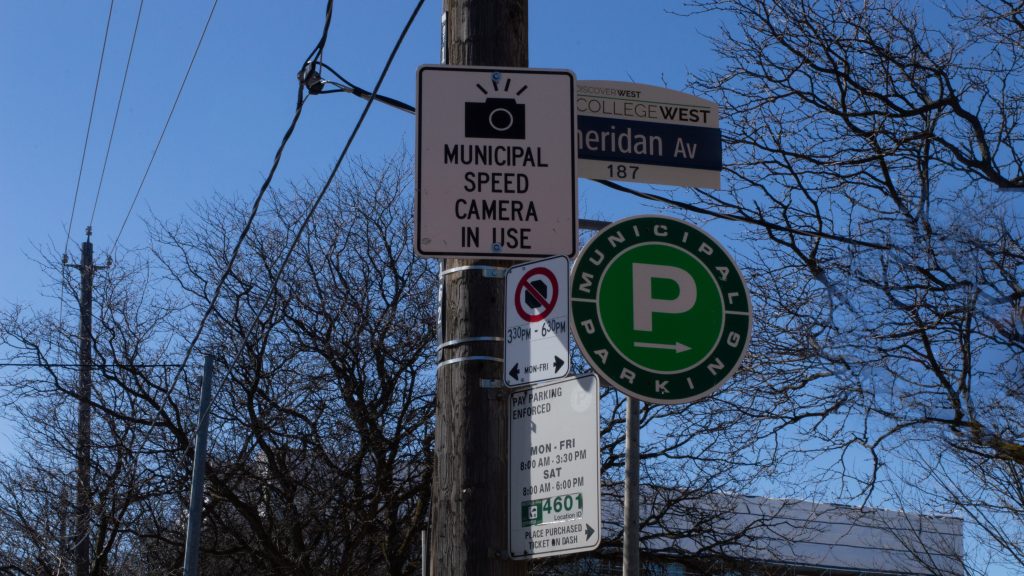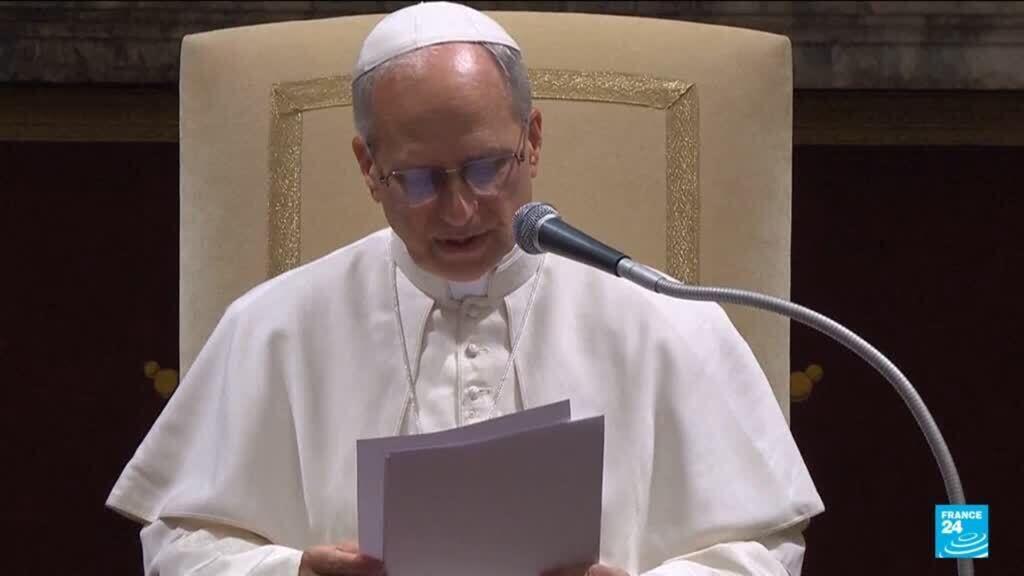Ontario Premier Doug Ford has expressed concerns regarding the deployment of automated speed enforcement (ASE) cameras across the province, suggesting that their usage has morphed into a source of municipal revenue rather than serving purely as a safety measure. During a recent press conference at Wasaga Beach, Ford remarked on the prevalence of these cameras, stating, "The city is using it as their revenue source, and it’s a little unfair." He highlighted that receiving tickets for minor infractions, such as exceeding the speed limit by 10 kilometers per hour, feels more like a financial penalty than a safety measure.
Ford’s comments come in the wake of changes hinted at in the 2025 Ontario budget, which was tabled at Queen’s Park on Thursday. The proposed bill encompasses several modifications to the Highway Traffic Act concerning ASE cameras, red-light cameras, and community safety zones. Notably, the bill aims to prohibit arrangements where municipalities pay camera vendors based on ticket volumes, suggesting a shift towards prioritizing road safety over revenue generation.
The bill also grants Ontario's transportation minister the authority to direct municipalities on the operation of ASE and red-light camera systems and to require municipalities to provide information related to camera usage. Furthermore, municipalities would be obligated to publish the locations of these cameras and to display appropriate signage.
Ford emphasized the need for transparency, urging municipalities to place warning signs informing drivers about the presence of ASE cameras. "So all we’re saying is not to take them away — I don’t like them — but let’s put signs up," he stated. However, it is noteworthy that regulations mandating signage for ASE cameras already exist in Ontario, requiring municipalities to alert drivers about their deployment.
John Creelman, the mayor of the Town of Mono, disagrees with Ford’s interpretation of ASE cameras, defending their role in enhancing road safety. Creelman, whose municipality is planning to implement ASE technology, conducted public meetings that showed overwhelming support for the initiative. He highlighted literature supporting the effectiveness of ASE cameras in reducing speeding and improving road safety, arguing that the financial aspect is overstated. "It is not a cash cow because it in no way offsets the cost of policing," he remarked, contesting the notion that ASE cameras are hidden and unfair.
Furthermore, Creelman pointed out the regulatory challenges faced by rural municipalities, noting that ASE cameras cannot be deployed where speed limits exceed 80 km/h, which is often the case in rural areas. This, he argued, creates a discrepancy in safety measures available to urban and rural communities.
Judy Dezell, a director with Local Authority Services, also emphasized the priority of safety in the discussions surrounding ASE cameras. She acknowledged the necessity for more information from the Ontario government regarding the recently proposed budget changes, asserting that the primary goal remains the enhancement of safety on local roads. Both she and Creelman mentioned existing regulations that promote transparency regarding camera locations, and they emphasized the need for clarity on the recent legislative changes.
In contrast, the Progressive Conservative Party's 2025 election platform highlights intentions to focus on achieving genuine safety outcomes in school and community safety zones, as opposed to merely increasing municipal revenues. This indicates a potential shift in legislative focus that aims to balance safety with responsible fiscal management.












